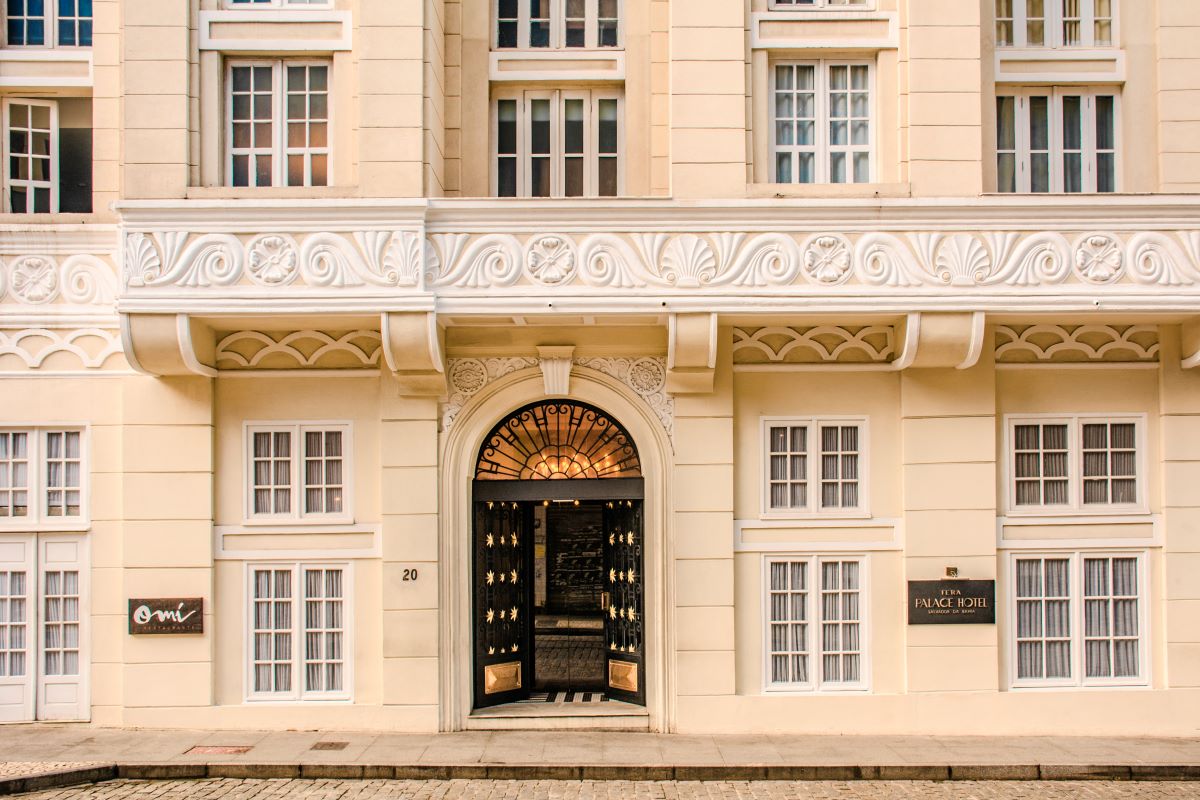Receive for Free - Discover & Explore eNewsletter monthly with advance notice of special offers, packages, and insider savings from 10% - 30% off Best Available Rates at selected hotels.
experience
- Be amazed by the creative artistry and powerful physicality of Balé Folclórico da Bahia. A cultural ambassador of Bahia and renowned as one of the best folk-dance companies in the world, as well as the only one of its kind in Brazil, Balé Folclórico da Bahia weaves together the vibrant threads of the region’s colorful culture and history, taking showgoers on a whirlwind tour of the city’s past. Throughout each performance, viewers are sure to be awed by the music and authentic folk dances inspired by Bahia’s three primary cultural influences—the indigenous customs of native Brazilians, the Portuguese during Brazil’s 16th-century colonization, and the West Africans who were brought to these foreign lands during the times of slavery. Performances are held nightly in the company’s Miguel Santana Theater in Pelourinho.
- Embark on a guided walking tour of Salvador’s Centro Histórico. Offered by appointment through the hotel, this city adventure is helmed by an experienced guide accredited by the Ministry of Tourism and explores the fascinating tapestry of architectural styles and cultural curiosities that call the former Brazilian capital home, as well as the story behind its founding.
- Hop aboard a boat for an on-the-water sightseeing excursion on Baía de Todos os Santos. Not only is Bay of All Saints the largest in Brazil and a primary factor in Salvador’s past and present as a thriving trading and transport hub, but it also offers stunning views of some of Salvador’s most popular sites. Throughout the journey gaze upon such city icons as the Lacerda Elevator, Mercado Modelo, São Marcelo Fort before slowing things down on Ilha dos Frades and Itaparica Island.
- Climb 236 feet (72 meters) in only 30 seconds on the Elevador Lacerda, or Lacerda Elevator. The world’s first urban elevator when it was built between 1869 and 1873, it links the Cidade Alta (upper city) with the Cidade Baixa (lower city). Not only is it listed on the register of intangible historical heritage by the National Historic and Artistic Heritage Institute, but it also boasts stunning views of both the city and bay.



























